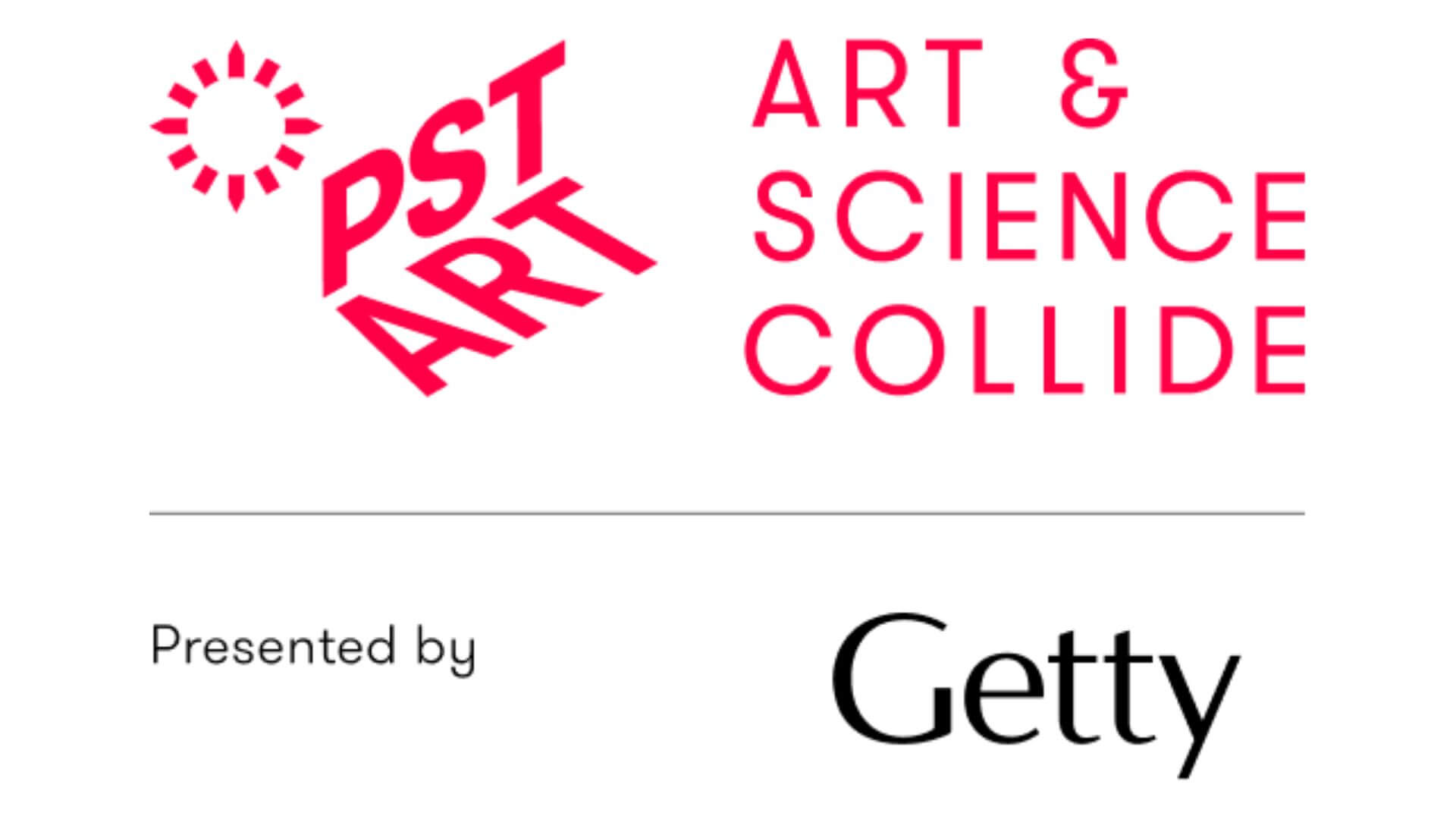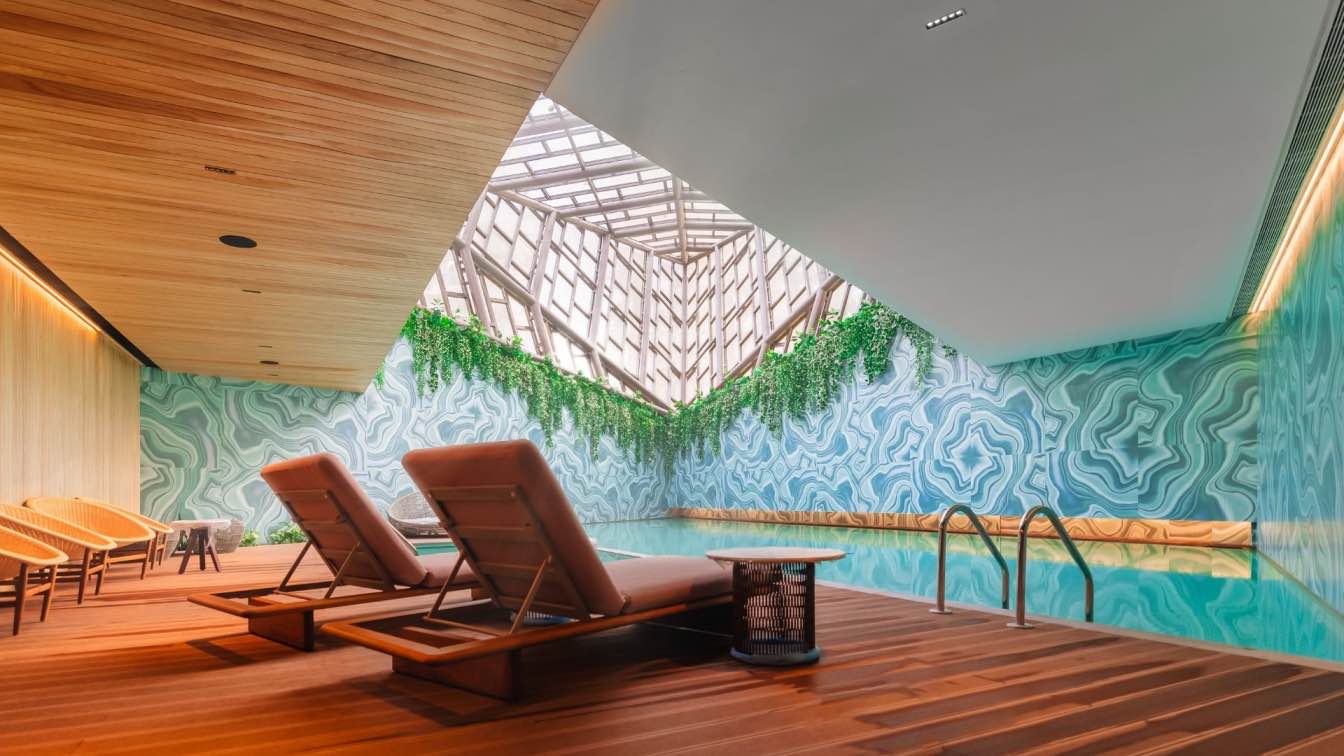Liam Young's Exhibition Conjures a New Planetary Imaginary for the Future of our Cities, opening September 13.
For Getty’s PST ART: Art & Science Collide season SCI-Arc presents Views of Planet City—a call for a radical re-envisioning of a sustainable planetary future, opening Friday, September 13 in the SCI-Arc Gallery and Saturday, September 14 at the Pacific Design Center Gallery.
Views of Planet City is among more than 60 exhibitions and programs presented as part of PST ART—Getty's landmark regional event that returns in September 2024 with its latest edition, PST ART: Art & Science Collide, exploring the intersections of art and science, both past and present. For more information, please visit pst.art.
The exhibition is based on lead curator Liam Young's transmedia project Planet City that explores implications of Edward O. Wilson’s “Half-Earth” proposal to remove at least 50% of our planet’s land and marine areas from human use and set them aside for preservation and regeneration of biodiversity. In Young's sci-fi vision, humanity has retreated into Planet City, a single city housing 10 billion people—the projected human population of Earth in 2050—surrendering most of the world to a global-scaled wilderness and the return of stolen lands.
Views of Planet City features new components of Young’s evolving body of work along with world premieres of interrelated projects by SCI-Arc faculty Jennifer Chen, John Cooper, Damjan Jovanovic, and Angelica Lorenzi. Critically and imaginatively exploring the implications of Planet City's wildly speculative but plausible premise, Views of Planet City challenges dystopian visions of the future, offering both an immersive, interactive experience and a blueprint for a sustainably urbanized planet. A project of radical optimism driven by cinematic sensibility and architectural thinking; Views of Planet City conjures a new planetary imaginary for our age of urban transitions.
Works in the exhibition will include films set within the city itself as well as those weaving the city's histories from satellite surveys above, large scale movie miniature models and intimate interior occupations, participatory building workshops, costumes and masks evoking the intermingling of world cultures within the city, a video game simulation modelling the role that AI may play in supporting the recovery of planetary ecosystems, and ceremonial artefacts drawn from new rituals of nature, all set alongside the research and documentary material that undergirds this collective speculation. It is a collaborative exhibition of multiple voices and cultures supported by an international team of acclaimed environmental scientists, theorists, and advisors. In Views of Planet City, we see that climate change is no longer a technological problem, but rather an ideological one, rooted in culture and politics.
“Views of Planet City explores how centuries of colonization, globalization, and never-ending economic extraction and expansionism could be reversed to solve climate change and the exploitation of both natural and human resources” says Young, who is also Coordinator of SCI-Arc’s groundbreaking Fiction and Entertainment postgraduate program.
Views of Planet City will be presented simultaneously at two galleries to reach audiences on LA’s east and west sides: the Pacific Design Center in the Cube (formerly operated by MOCA), and the SCI-Arc Gallery in the heart of our campus in the Arts District, downtown.
About PST ART:
PST ART is a groundbreaking cultural collaboration. Every five years, PST ART unites hundreds of artists around a single, electrifying theme at more than 60 exhibition spaces. While the theme is different each time, the heart of PST ART is always the distinctive cultural identity of Southern California, and the universal hunger for artistic and intellectual discovery. In a region famed for its films and theme parks, PST ART provides a different kind of gripping experience— and the most distinctively Southern Californian of all.
About the Exhibitors:
Liam Young is an Australian born architect who operates in the spaces between design, fiction, and futures. He is founder of the think tank Tomorrows Thoughts Today, a group whose work explores the possibilities of fantastic, speculative, and imaginary urbanisms. Building his design fictions from the realities of present, Young also co-runs the Unknown Fields Division, a nomadic research studio that travels on location shoots and expeditions to the ends of the earth to document emerging trends and uncover the weak signals of possible futures. He has been acclaimed in both mainstream and architectural media, including the BBC, NBC, Wired, Guardian, Time Magazine, and Dazed and Confused and his work has been collected by institutions such as the Metropolitan Museum of Art and the Victoria and Albert Museum. He has taught internationally including the Architectural Association and Princeton University and now runs an MA in Fiction and Entertainment at SCI-Arc. Young manages his time between exploring distant landscapes and visualizing the fictional worlds he extrapolates from them.
Jennifer Chen is an architect and designer who works at the intersection of science and fiction, exploring themes of geoengineering, remote sensing, and climate change futures in projects that take the form of buildings, installation, film, and performance. Chen’s designs for stage and screen include a speculative series of planetary scale post-climate animations, a collection of flying drone characters for the UK’s Channel 4 science fiction film In the Robot Skies, the sellout drone orchestra performance Loop 60hz at the Barbican Theatre in London, and the camouflage costumes for the laser scanned film Where the City Can’t See. Her work has also been supported by grants from organizations such as Google Artists and Machine Intelligence and the Getty Foundation. Prior to her speculative and research practice Chen has been a project leader for Heatherwick Studio and LAB Architecture delivering a range of built works from the small scale to the monumental. Chen has also extended her research into academic contexts, running award-winning design studios at institutions such as the Bartlett School of Architecture, SCI-Arc, and Leeds School of Architecture, and as a guest critic at universities in Australia, UK, and the US. Chen’s work has been published internationally and exhibited at galleries such as Tate Modern, Barcelona’s CCCB, the EYE Institute in Amsterdam, Telefonica Madrid, the Venice Biennale, and her first US solo show for the SCI-Arc Gallery.
John Cooper is History + Theory Faculty at SCI-Arc. Cooper’s work crosses investigative research, publication, performance, event design, and curating. ‘The Dancing Image’ (RES, 2020) analyzes the history of images of the body in states of extraordinary metamorphosis as prefigurations of anticolonial violence in 18th and 19th century India, England, and the Caribbean. ‘Curly Crown’ (with Mira Henry, Log, 2020) presents a deep history of LA street architecture through a conversation in movement. ‘Spirit Level’ (Party Planner, 2022), investigates the prefigurative power of model architecture in Jamaican street carnival of the 1830s. Cooper is currently working on histories of anarchism and architecture, and the future of expropriation and redistribution of architectural resources as part of the Getty Pacific Standard Time Planet Cityproject.
Damjan Jovanovic is co-founder of the Los Angeles-based game design studio Lifeforms.io and serves as faculty at SCI-Arc. He is an artist and designer working at the intersection of video games, artificial intelligence, and architecture. Jovanovic's work has been exhibited internationally, and his writings on design, games, and worldmaking have been featured in a range of established publications. He completed his Master of Arts in Architecture postgraduate degree at the Städelschule in Frankfurt, Germany, in 2014, at which he subsequently served as design faculty.
Angelica Lorenzi is an Italian architectural designer, educator and digital artist currently based in Los Angeles. Angelica holds an undergraduate degree from the University of Innsbruck and received a Master of Architecture with distinction from Die Angewandte, University of Applied Arts in Vienna, studio Hani Rashid in 2018. Angelica was selected for the exchange program at SCI-Arc in Los Angeles in 2016, she won the 1st prize for the European Active Public Space competition with the following realization of the urban prototype Kepos_cpdg in front of MAK Museum in Vienna. She is currently a Design Studio faculty at SCI-Arc at the undergraduate and graduate levels. Angelica’s work has been exhibited in various international Exhibitions, such as the TAB Tallin Architectural Biennale 2017, Vienna Biennale 2017, Venice Architecture Biennale 2016, Architekturtage Innsbruck 2016, among others.
About SCI-Arc:
Located in downtown Los Angeles, SCI-Arc is a world-renowned center of innovation and one of the nation’s few independent architecture schools, offering undergraduate, graduate, and postgraduate programs. We are dedicated to educating architects who will imagine and shape the future. The school is located in a quarter mile-long former freight depot in the Arts District of Los Angeles. It is distinguished by the vibrant atmosphere of its studios, which provide students with a uniquely inspiring environment in which to study architecture and design. An integral part of the emerging cultural hub of a city with a tradition of architectural experimentation, SCI-Arc is devoted to finding radically new responses to the real needs and aspirations of today’s world. SCI-Arc offers students a unique experience as they pursue their degrees. Our approximately 500 students and 80 faculty members—most of the latter practicing architects—work together in a fluid, nonhierarchical manner to rethink assumptions, create, explore, and test the limits of architecture. SCI-Arc faculty and leadership have garnered more than 500 national and international design awards and recognitions, including Progressive Architecture awards, American Institute of Architects (AIA) awards, and the prestigious Jencks and Pritzker architecture prizes. In DesignIntelligence’s 2020 US survey, SCI-Arc ranked #2 in Design Technologies, #3 Most Hired From, and was top 10 among the nation’s Most Admired Undergraduate Programs in Architecture. SCI-Arc is located at 960 E. 3rd Street, Los Angeles, CA 90013.
SCI-Arc Public Programs are free and open to the public. Public Programs are subject to change. For the most current information, please visit sciarc.edu/events or call 213-613-2200.





